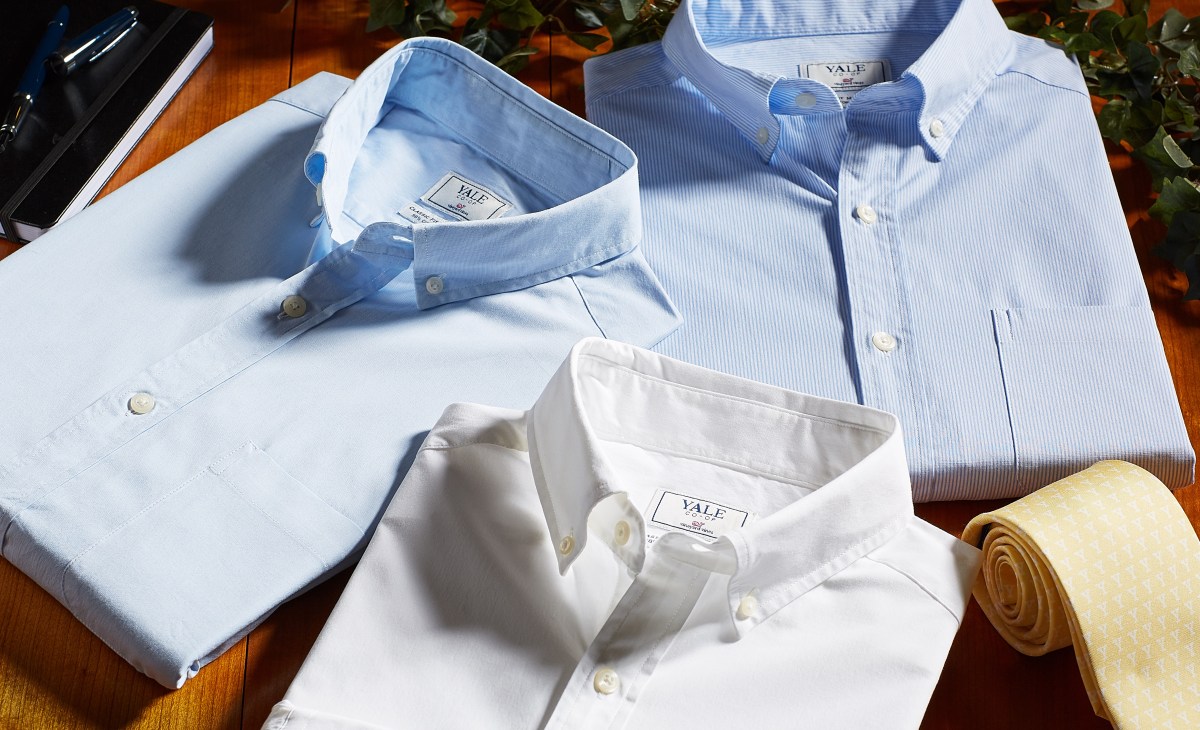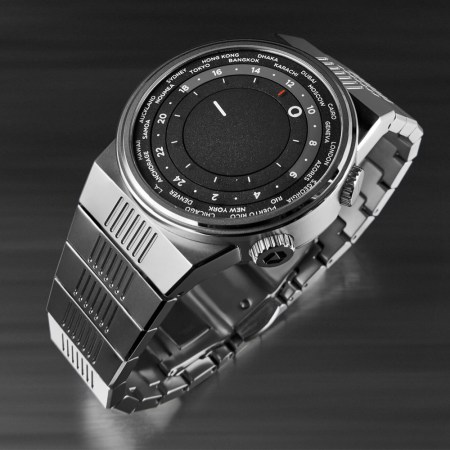It’s been 20 years since the Yale Co-op closed its doors, but the store’s influence on menswear — and, more broadly, style — can still be felt today. At Ivy Style, Christopher Sharp looked back on the Co-op’s history and explored just why it mattered. He begins by noting that “alumni, faculty, students and employees” were able to join, and for a remarkably low rate. Sharp sets it at a dollar annually; a 1985 article mentions that incoming Yale students at the time could purchase a 4-year membership. It’s a bargain either way.
The clothing sold at the Co-op helped to establish a certain style for menswear — but the act of shopping there was a gesture in and of itself. Sharp writes that Love Story author (and Yale professor) Eric Segal defended himself against charges of having sold out by, in part, citing his menswear buying habits. “I buy my clothes, boots, sports shirt, suede suit from the Co-op,” Segal said in 1971.
A 1985 article in The New York Times encapsulated the appeal of the Co-op:
Stocking oxford shirts by the 1,000 dozen, hawking Yale trivia from chairs to booties, and offering browsers the largest bookstore between New York and Boston, the Co-op evolved long ago as Yale’s commercial alter ego.
The Co-op was displaced by a Barnes & Noble in 1997, and closed a few years later. But the legacy of the story shows up in many places: on their website, GANT features a nostalgic look back on their line of shirts for the store. “As the Ivy League Look exploded, the Yale Co-op was the nexus of the new style,” the article states.
More recently, the Yale Co-op shirt has made a comeback, via Vineyard Vines — the announcement was made in 2019. (This follows an earlier revival of the shirts in 2011.) And apparently, you can buy them at the Barnes & Noble that now occupies the old Co-op’s site. Sometimes, history can be circular in the most peculiar ways.
Subscribe here for our free daily newsletter.
Thanks for reading InsideHook. Sign up for our daily newsletter and be in the know.

















